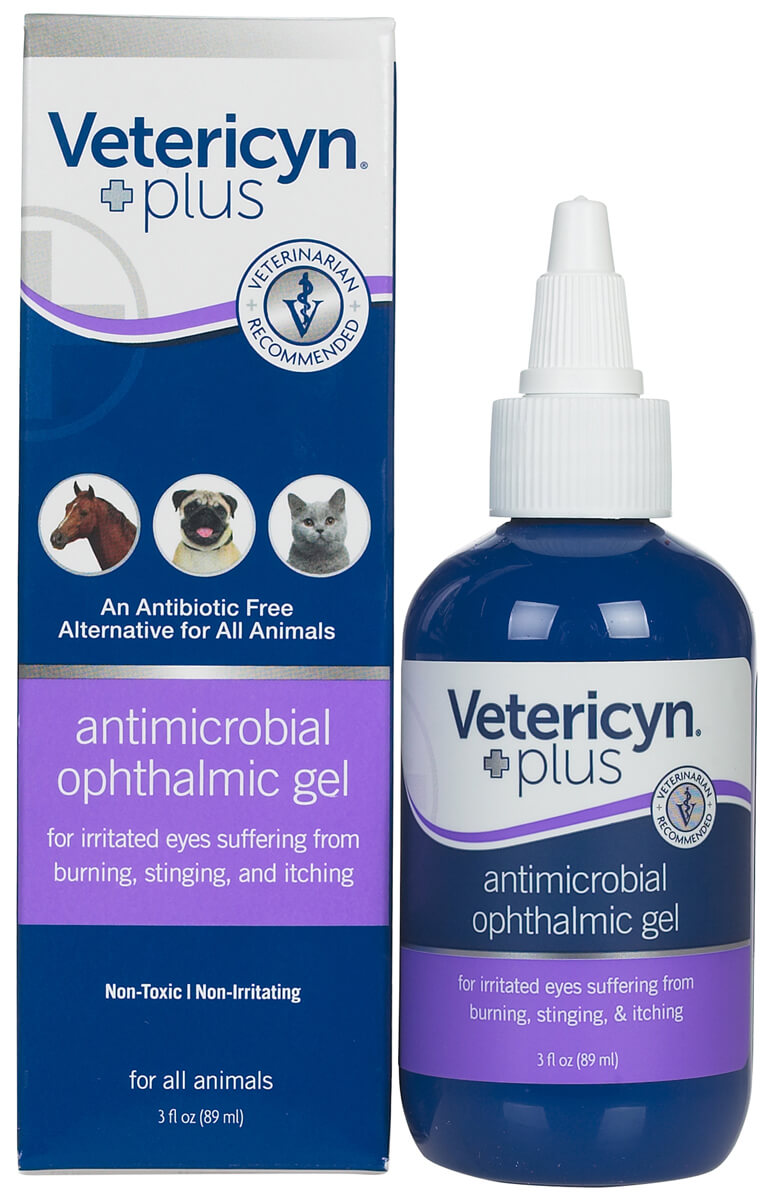Dogs are said to be man’s best friend. In as much as they give companionship, comfort and joy, they also bring worries especially when they become sick. Like humans, a pet can be vulnerable to infectious bacteria and viruses that can cause them to become very ill.
As a dog owner, it is very important to know about the various infectious diseases that can affect dogs, preventive measures against such diseases, and how to treat each of them. Let’s delve right in and discuss some of the most common infectious diseases that among dogs.
Infectious Diseases Among Dogs and How to Treat and Prevent them
Rabies in Dogs
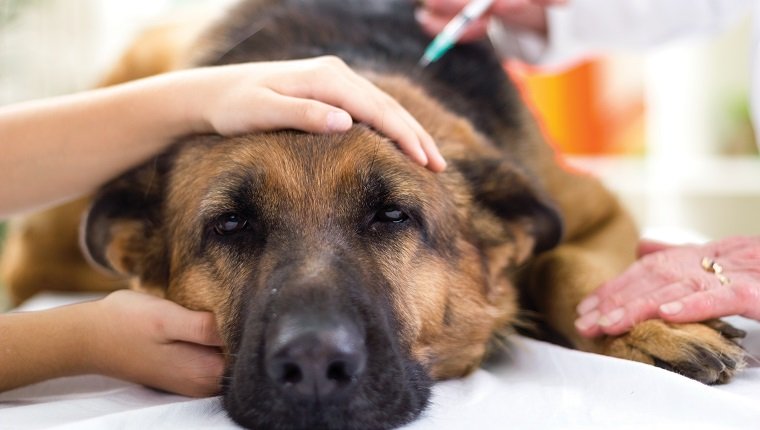
Rabies is one of the most common infectious diseases among dogs world-wide, however because of the efforts of caring pet owners it’s now a pretty rare disease in North America. It is a virus that infects the central nervous system, specifically the spinal cord and brains of dogs. The disease is transmitted through a bite from an infected animal or when the infected saliva touches an open wound on the dog. Unfortunately, the disease is usually mostly fatal.
Symptoms of Rabies
The most common symptoms of Rabies in dogs include restlessness, increased aggressiveness, excess salivating, change in the tone of your dog’s bark, fever and fear of water. In the worst cases, Rabies can cause total paralysis of the dog’s legs and death eventually.
Treatment for Rabies
If your dog has been exposed to rabies, it is important to take the dog immediately to a Veterinarian to get him assessed. Sadly, there are no known treatments for Rabies in dogs once they start to show symptoms. The only option at that point is usually euthanasia by a Veterinarian.
How to Prevent Your Dog from Getting Rabies
Rabies kills approximately 60,000 thousand dogs world-wide each year, but fortunately Rabies can be prevented. Vaccinating your dog against this diseases is one of the most important and proactive steps you can take to help to keep your dog safe and healthy. The Rabies Vaccine is a safe and effective measure to keep your dog Rabies free. Additional tips include keeping your dog away from wild animals and in general keeping your surroundings clean and limiting your dog’s contact with garbage.
Lyme Disease in Dogs

Lyme disease is also known as Borreliosis and is caused by a certain type of tick often found in thick bushes, woods, tall grasses, etc. The disease is transmitted to dogs via a tick bite; the tick attaches itself to the dog for up to 48 hours making the dog vulnerable to this disease.
- Symptoms of Lyme Disease in Dogs
Though this disease sometimes doesn’t show symptoms in dogs, the symptoms can include fever, joint swelling, joint pain, general weakness, a bull’s-eyes rash, etc.
Treatment of Lyme Disease in Dogs
Lyme disease is classified as a type of bacterial infection and can be treated using antibiotics gotten from over the counter. The most common treatment for this disease is Doxycycline and this treatment could last up to four weeks. Also, a vet can recommend an anti-inflammatory treatment to reduce any pain your dog may be experiencing.
Preventive measures for Lyme Disease in Dogs
Vaccinate your pets against Lyme disease, cut down thick bushes and tall grasses around your area. Keep your dog away from the woods and bushy areas. Check your dog for ticks attached to their skins, take it out immediately if you find any and take them to the vet for proper check-up and care.
Canine Leptospirosis
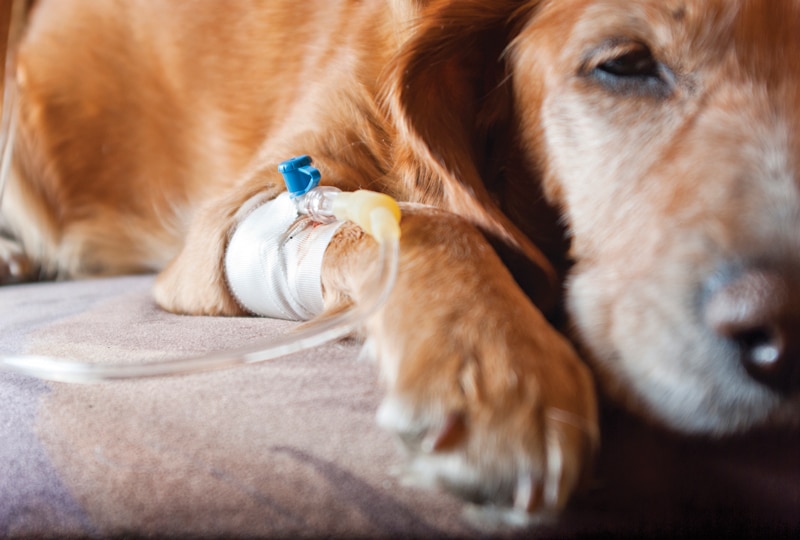
Leptospirosis is a type of infectious disease caused by the Leptospira bacteria. It is common in areas with a mild climate and heavy rainfall, it can be found anywhere but mostly in soil and water. Dogs can develop this disease if they come in contact with infected urine, contaminated water or food or through a bite from an infected animal.
Symptoms of Leptospirosis in Dogs
The symptoms of this disease varies among dogs. Some dogs don’t show any signs of illness for the first few days which could result in critical illness that may lead to death. The general symptoms include weakness, high fever, loss of appetite, increased thirst and frequent urination. More severe symptoms include liver disease and renal failure.
Treatment of Leptospirosis in Dogs
The recommended treatment for leptospirosis is an antibiotic therapy that includes Doxycycline and penicillin.
- Preventive measures for leptospirosis
Dogs in a high-risk environment should be administered with vaccines annually. Dogs should be kept away from contaminated soil and water. Avoid taking dogs to streams or rivers which may be contaminated. Take proper care of your dogs and make sure they are kept clean and healthy at all times.
Scabies in Dogs

Scabies also is known as sarcoptic mange is a common type of infectious disease that affects dogs. It is caused by a parasite that can cause serious skin infection in dogs which can result in loss of hair and the formation of scabs on your dog’s skin. It causes severe itching and scratching which makes the infected dog very uncomfortable.
Symptoms of Scabies in Dogs
The symptoms include excess scratching and it is mostly seen on the ears, chest, Abdomen and elbows of the infected dog. Hair loss, skin inflammation, rashes can also occur and in severe cases it may result in appetite loss, vision and hearing loss, etc.
Treatment of Scabies in Dogs
Though scabies might be difficult to diagnose, the treatment can pretty straightforward.
Treatments may include glucocorticoids for itching, tablets like sarolaner, etc. The dog should be washed regularly and an antibacterial cream should be applied to the affected areas. The treatment options available for scabies are endless, but once your dog starts showing related symptoms, it should be taken to a vet for proper care.
Preventive Measures for Scabies
Preventative measures include using flea control products on the affected areas and boosting your dog’s immune system with supplements. The dog should be kept safe from other stray animals and dogs should be kept clean all times.
Canine Flu

This type of flu is caused by a different type of influenza virus. It is a highly contagious respiratory disease among dogs and can be transmitted from animals to animals.
Symptoms of Canine Flu
Symptoms of this illness vary among dogs; it can range from mild to severe. Although not all infected dogs show symptoms of the canine flu, common symptoms associated with canine flu include fever, running nose, reduced appetite, and discharge om the eye.
Treatment Recommendations for Canine Flu
Treatment of canine flu is similar to treating a person that has common flu. There are vaccines to protect your dog against this illness and can be recommended by your vet. Make sure to keep the infected dog warm and hydrated, if the case worsens, take your dog immediately to the Vet for proper care.
Preventive Measures for Canine Flu
Limit your Dog’s exposure to the public during the flu seasons. Wash your hands and clothes properly before coming in contact with your dog. Clean your Dog regularly. Vaccination is also an option.
Tetanus in Dogs
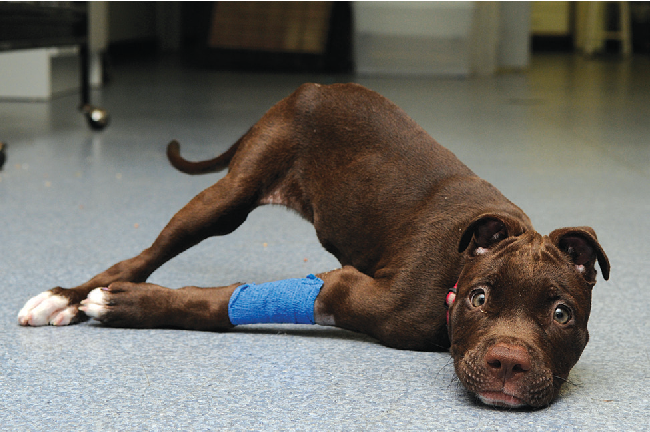
Tetanus in dogs is caused by bacteria which produces a toxin that affects the brain, nerves, and spinal cord. Dogs are susceptible to this disease and in the most severe cases this disease can be deadly. Tetanus can take two forms in dogs; localized tetanus and generalized tetanus.
Symptoms of Tetanus in Dogs
There are two types of tetanus in dogs. Dogs that have localized tetanus may show signs of muscle stiffness, while generalized tetanus affects a wider part of the dog’s body. Symptoms include stiffness and inability to move any part of the body.
Treatment Recommendations for Tetanus in Dogs
Administering antitoxins may help in eliminating this toxin from your dog’s body. Once diagnosed with tetanus, the dog should be taken to a vet for adequate treatment.
Preventive Measures for Tetanus in Dogs
All opened wounds should be covered and treated properly by a vet. Vaccines should be administered to decrease your dog’s likelihood of getting this disease.
Giardiasis in Dogs
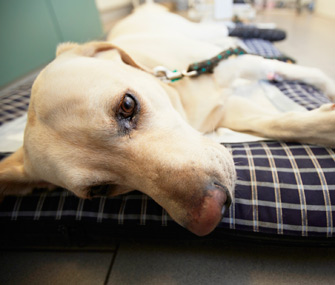
Giardiasis in dogs is like diarrhea in humans. It is caused by a parasite that attacks the intestine of dogs. The parasite lives in the small intestine and multiplies itself until it becomes a cyst. This infection is contagious and can be transferred from dog to dog.
- Symptoms
Typical symptoms of Giardiasis include excess stooling or diarrhea, weight loss, dehydration and vomiting.
Treatment Recommendations for Giardiasis
Treatment for Giardiasis will be determined by a vet and the dog will be treated according to the severity of the disease. But the most common treatments are metronidazole and fenbendazole, which is usually taken for a period of five to fifteen days depending on how quickly the dog recovers.
- Preventive measures
The most important measure you can take to prevent your dog from getting this disease is making sure that your dog is sufficiently hydrated with clean and safe drinking water. Additionally, you should keep your dog away from the feces of other animals. Also since Dogs like putting things in their mouth; make sure you are conscious of your the surrounding that your dog lives in.
Campylobacteriosis

This is a type of bacteria that which often leads to a condition called enteritis. Enteritis usually causes diarrhea as a result of the inflammation of the intestinal tract.
- Symptoms
The most common symptoms are diarrhea but there are other symptoms like abdominal pain, fever, vomiting, discoloring feces, and weight loss eventually.
- Treatments
Treatment of Campylobacteriosis usually includes fluid therapy in cases where your Dog suffers from severe dehydration as a result of this infection. In mild cases, your vet could recommend medications such as antibiotics and other home remedies for your dog while in extreme cases, the dog might be hospitalized.
- Prevention measures
General tips for the prevention of this disease include keeping your dog away from contaminated environments like crowded kennels and always practice maintain good hygiene of your dogs.
Bacterial Pneumonia
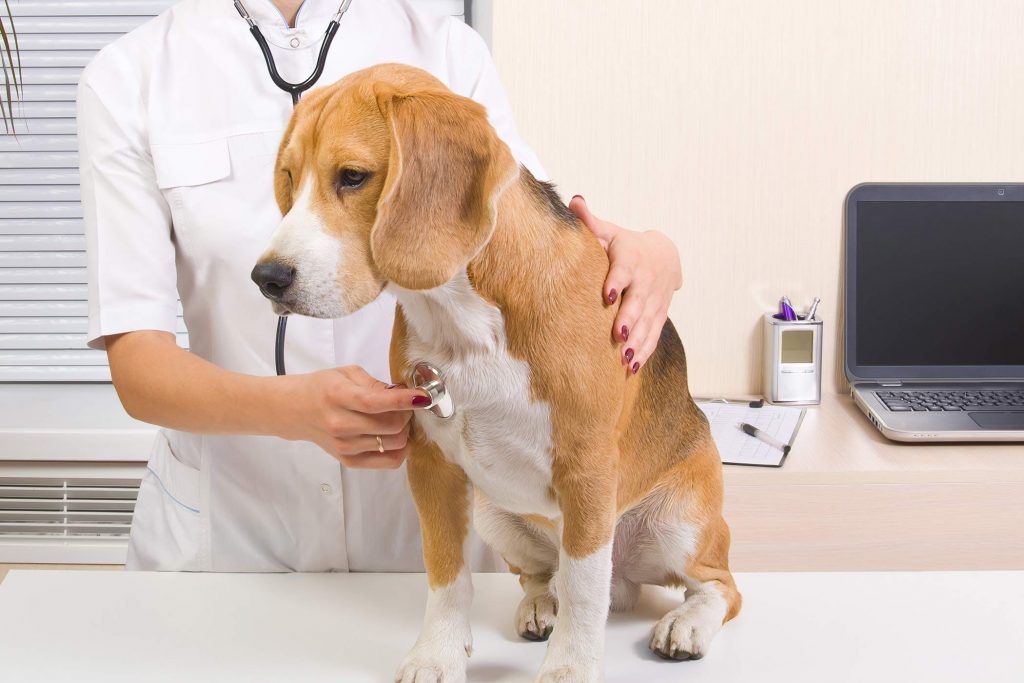
Bacterial Pneumonia in dogs is an inflammation of the lungs caused by bacteria. It is most common among certain breeds of dogs including hounds, mixed breed, and sport dogs. This infection could be very fatal if not properly treated.
Symptoms of Bacterial Pneumonia in Dogs
The symptoms of this infection are usually very similar to that of the canine flu. They include fever, wheezes, rapid breathing, loss of appetite and weight loss.
Treatment of Pneumonia in Dogs
Antibiotic drugs are one of the most common treatments for bacterial infections and therefore, should be administered to the affected dog. Other medications may also be prescribed by your Vet depending on the symptoms your Dog presents. In severe cases, oxygen may be given to the dog and hydration therapy might follow suit.
Preventive measures for Bacteria Pneumonia in Dogs
Vaccinate your dog and clean all contaminated areas. Take your dog for a regular checkup to the vet. If you have multiple dogs, it might be advisable to quarantine the infected dog to ensure that the disease isn’t passed on to your other dogs.
Ehrlichiosis

Ehrlichiosis is an infectious disease that’s caused by a certain species of tick called a rickettsial organism. It is common amongst German shepherd and Doberman Pinchers breeds. It is transmitted from a tick to the dog through biting or attaching itself to the body of the dog.
Symptoms of Ehrlichiosis in Dogs
The symptoms can include respiratory distress, weight loss, fever and swollen lymph nodes. The symptoms depend on the type of ehrlichiosis species causing the illness. The most common symptoms include fever, lack of appetite, weight loss, enlarged spleen and diarrhea. These symptoms vary among different breeds of dogs. It ranges from mild to severe cases like blindness, kidney disease, or in the worst-case scenario death
Treatment of Ehrlichiosis in Dogs
The treatment for this disease is straightforward. Ehrlichiosis can be treated with an antibiotic such as Doxycycline. The treatment can last for 4 days to several weeks depending on how severe the case is. In rare instances there might also be the need for blood transfusion if the blood count is very low.
Preventive Measures for Ehrlichiosis in Dogs
Always check your dogs for tick and tick-like bugs, remove immediately if any is found and always disinfect your environment. A vaccine can be administered to the dog to prevent future infections. Take the dog to the Vet if it is unwell.
Coronavirus and Dogs

Before we conclude let’s touch on a topic that I’m sure is on every dog owner’s mind right now. Can my Dog catch the Coronavirus? Well firstly you should know that there are different types of Coronaviruses. COVID-19, the new strain which is currently causing widespread amongst humans is not believed to be a health concern to Canines. Additionally, while there have been dogs who have tested positive for COVID-19, the infection rate amongst Canines is very low. It’s also believed that Dog to human transmission of COVID-19 is not supported by evidential data. Dogs however are susceptible to the Canine Respiratory Coronavirus otherwise called the Canine Coronavirus disease (CCoV). Your dog will typically recover from CCoV is about 3 to 4 days, however if their symptoms become severe it’s advisable to consult a Veterinarian.
Symptoms of Canine Coronavirus Disease
Symptoms of Canine Coronavirus disease includes diarrhea, lethargy and a fall in your dog appetite.
Transmission of Canine Coronavirus Disease
CCoV is transmitted through oral contact. As it relates to possible transmission to humans, not enough data is available for a conclusion to be drawn.
Preventative Measures for Canine Coronavirus
Vaccination is the number one means of preventing Canine Coronavirus disease. Vaccination is recommended based on a dogs, age, health and lifestyle.
Conclusion
The list of infectious diseases that can affect your dog is endless but these are the common ones. As a dog owner, it is your responsibility to take care of your dog and the surrounding your dog lives in. Maintaining a healthy lifestyle and hygiene is good for both human and domestic animals. Keep dogs away from sick people because there are infections that can be transferred from humans to animals.
Lower the tall bushes around you or cut it off if possible. Be cautious of the dog’s diet too, always keep clean and safe water around them and wash them regularly. Clean up their poop regularly. Keep domestic dogs away from other stray dogs and take proper care of your dog and make sure they have good hygiene. Get your dog vaccinated against infections. Always keep your surroundings clean and make sure to take proper care of yourself and your health too in order not to transmit infections from yourself to your dog.
Also, avoid giving your dog out to strangers and make sure they don’t stray too far away from the house. Take your dogs out for exercise but avoid the woods and busy areas. Take your dogs to a veterinary doctor regularly for a medical checkup
 Total Pooch Dog Supplements, Tear Stain Removers, De-wormers, Tylosin for Dogs and other great products.
Total Pooch Dog Supplements, Tear Stain Removers, De-wormers, Tylosin for Dogs and other great products.



